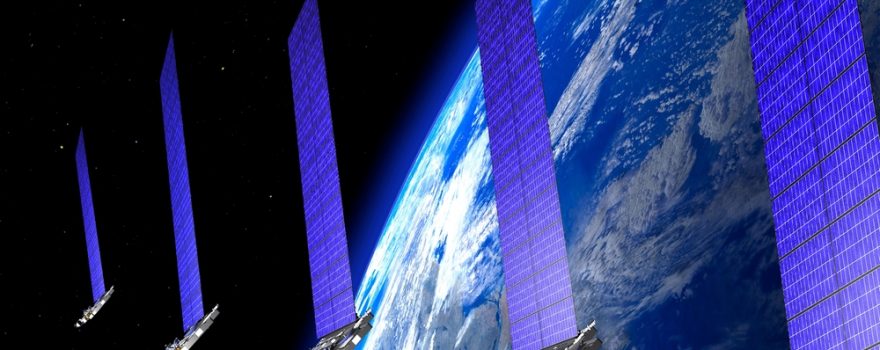
Elon Musk’s SpaceX has launched Starlink satellites equipped with the groundbreaking Direct to Cell function. Designed to establish direct links to mobile devices without relying on traditional cellular networks, this technology promises to reshape how the world communicates.
Initial providers granted access to this revolutionary technology include T-Mobile in the U.S., Rogers Communications Inc. in Canada, KDDI Corporation in Japan, Singtel Optus Pty Limited in Australia, One New Zealand Group Limited in New Zealand, Salt Mobile SA in Switzerland, and Entel in Chile. These satellites aim to provide comprehensive connectivity for text messages, calls, and web browsing, ensuring coverage on land and coastal waters as long as the sky is visible.
Direct to Cell plans to extend its capabilities to connect Internet of Things (IoT) devices using LTE mobile transmission protocols. While each beam can support approximately 7 Mbps, Elon Musk clarifies that it’s not intended to be a direct competitor to existing terrestrial cellular networks but rather a solution for areas lacking coverage.
Anticipating a swift evolution, Musk envisions users sending text messages by 2024, with voice calls and web browsing support expected to follow in 2025. Remarkably, this cutting-edge technology requires no hardware updates or special applications, ensuring a seamless user experience.
This service signifies a major stride in global communication, offering seamless access to text, voice, and data for LTE-enabled phones worldwide. Direct to Cell is designed to work seamlessly with existing LTE (4G) phones, eliminating the need for additional hardware or application changes. As the technology advances, it holds the promise of expanded communication capabilities, providing users unparalleled connectivity on a truly global scale.
